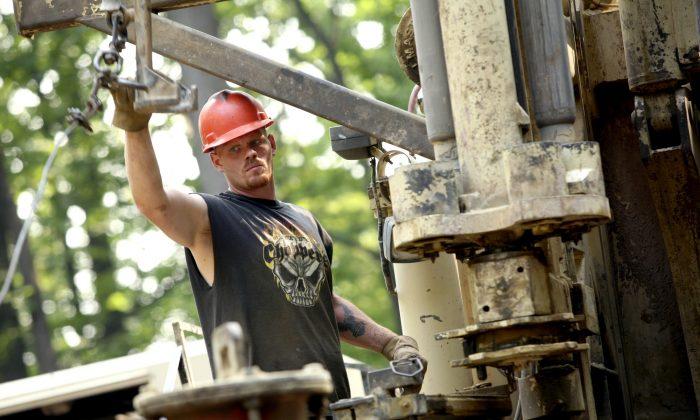By October, the company plans to add staff in operations, information technology, and at its domestic call centers across the country. Most of the jobs—about 600—will go to the company’s Wilkes-Barre, Pa. facility.
Sallie Mae began shipping jobs overseas two years ago in an effort to slash costs as borrowing costs increased, which eroded profitability in the student loan industry. The move to shift some of those jobs back into the United States would cost roughly $35 million a year, Sallie Mae CEO Albert Lord said in a CNBC interview.
The new positions are undoubtedly welcoming to the nation’s unemployed, which total 13 million workers. The United States unemployment rate recently climbed to 8.5 percent, with economists predicting a further increase to 10 percent by the year’s end.
What prompted Sallie Mae to make this—seemingly unsound—business decision?
Many analysts say the sudden shift is to garner political capital—a business voluntarily bringing jobs back into the United States is sure to catch politicians’ attention.
The student loan industry is currently in flux, with the federal government expected to play a much larger role as the credit crunch dries up private capital sources. President Obama’s budget proposal seeks to curtail subsidies to private lenders and offer direct loans to students and parents.
That could put a dent in Sallie Mae’s profitability. According to Wall Street Journal data, up to one-third of Sallie Mae’s income is generated from federal student loans. Federal student loans typically have lower interest rates than private loans, which the government bearing a portion of the interest expense.
“For 37 years, we have been dedicated to helping America’s students enhance their lives through an investment in higher education,” Lord said in a statement. “We also contribute economically to the many communities where we operate our business. The current economic environment has caused our communities to struggle with job losses. They need jobs, and we will put 2,000 of them into U.S. facilities as soon as we possibly can.”
Whether the move to bring back 2,000 jobs will help the company in Washington remains to be seen, but already some analysts say businesses in other industries could learn from Sallie Mae—if only as a marketing ploy.
As the U.S. recession continues, the term “layoffs” has almost become a four-lettered word to many Americans. Any company or retailer that can afford to create more jobs and support the community could instantly generate goodwill in the minds of consumers.
And in a market where consumers are more tightfisted with money than ever, any positive exposure over the competition is sure to generate returns to the bottom line.
Sallie Mae is officially known as SLM Corporation, employs around 8,000 people in the United States, and services over 10 million customers. SLM’s shares have fallen almost 40 percent year-to-date on the New York Stock Exchange.



Friends Read Free